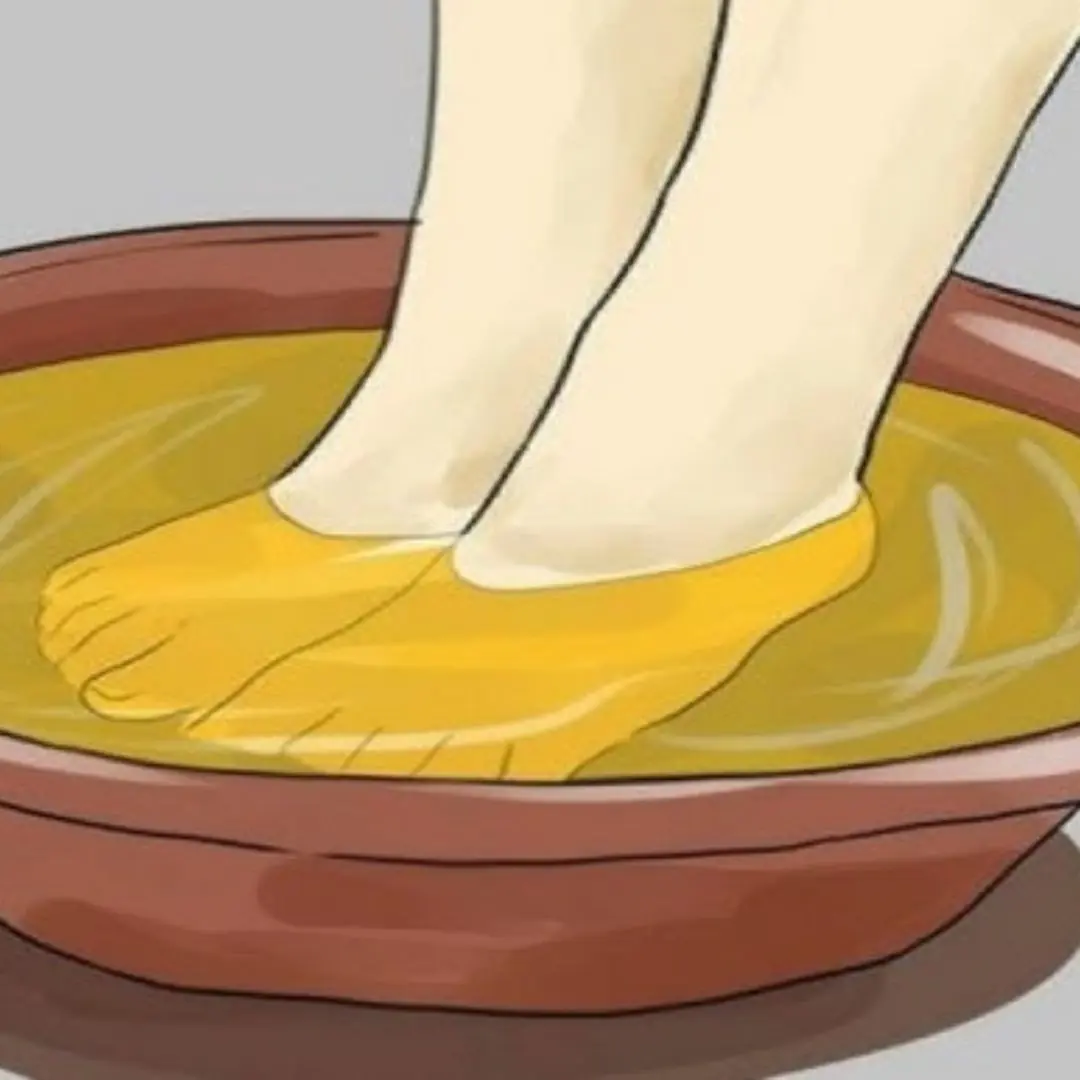
Discovery of Nitrogen-Fixing Cell-organelle Nitroplast in a Eukaryotic Algae
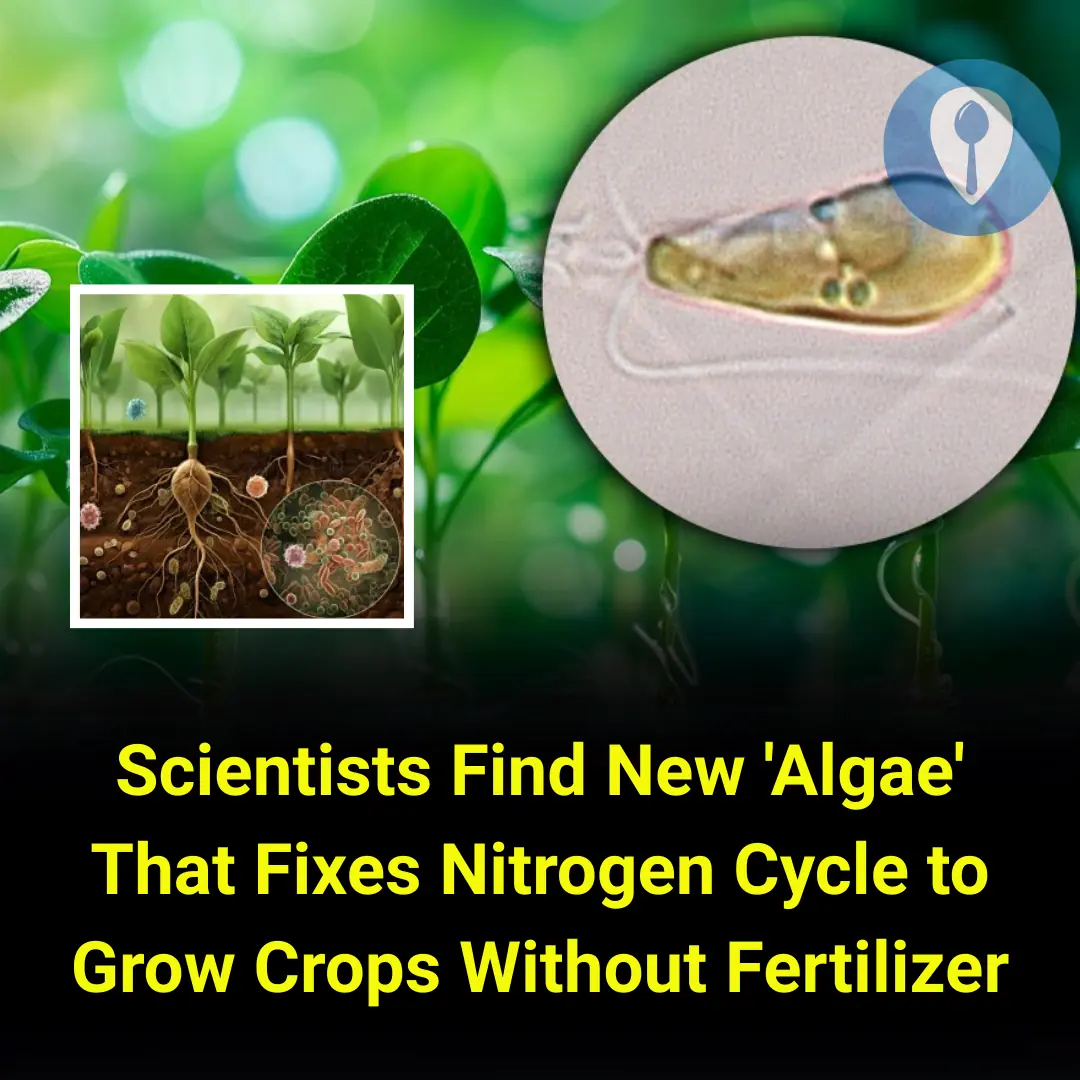
Biosynthesis of proteins and nucleic acid require nitrogen however atmospheric nitrogen is not available to eukaryotes for organic synthesis. Only few prokaryotes (such as cyanobacteria, clostridia, archaea etc) have the ability to fix the molecular nitrogen abundantly available in the atmosphere. Some nitrogen-fixing bacteria live inside eukaryotic cells in symbiotic relation as endosymbionts. For example, the cyanobacteria Candidatus Atelocyanobacterium thalassa (UCYN-A) is an endosymbiont of the of the unicellular microalgae Braarudosphaera bigelowii in marine systems. Such natural phenomenon is thought to have played a crucial role in evolution of eukaryotic cell organelles mitochondria and chloroplasts through integration of endosymbiotic bacteria to the eukaryotic cell. In a recently published study, researchers found that the cyanobacteria “UCYN-A” had closely integrated with the eukaryotic microalgae Braarudosphaera bigelowii and evolved from an endosymbiont to nitrogen-fixing eukaryotic cell organelle named nitroplast. This made microalgae Braarudosphaera bigelowii the first known nitrogen-fixing eukaryote. This discovery has expanded the function of fixation of atmospheric nitrogen from prokaryotes to eukaryotes.
Symbiosis i.e., organisms of different species sharing habitat and living together, is a common natural phenomenon. The partners in the symbiotic relationship may benefit from each other (mutualism), or one may benefit while the other remain unaffected (commensalism) or one benefits while the other is harmed (parasitism). The symbiotic relationship is called endosymbiosis when one organism lives inside the other, for example, a prokaryotic cell living inside a eukaryotic cell. The prokaryotic cell, in such situation, is called endosymbiont.
Endosymbiosis (i.e., internalization of prokaryotes by an ancestral eukaryotic cell) played a crucial role in evolution of mitochondria and chloroplasts, the cell-organelles characteristic of more complex eukaryotic cells, which contributed in proliferation of eukaryotic life forms. An aerobic proteobacterium is thought to have entered ancestral eukaryotic cell to become an endosymbiont at a time when the environment was increasingly becoming oxygen rich. The ability of the endosymbiont proteobacterium to use oxygen to make energy allowed the host eukaryote to thrive in the new environment while the other eukaryotes became extinct due to negative selection pressure imposed by the new oxygen-rich environment. Eventually, the proteobacterium integrated with the host system to become a mitochondrion. Similarly, some photosynthesising cyanobacteria entered the ancestral eukaryotes to become endosymbiont. In due course, they assimilated with the eukaryotic host system to become chloroplasts. Eukaryotes with chloroplasts acquired the ability to fix atmospheric carbon and became autotrophs. Evolution of carbon-fixing eukaryotes from the ancestral eukaryotes was a turning point in the history of life on earth. 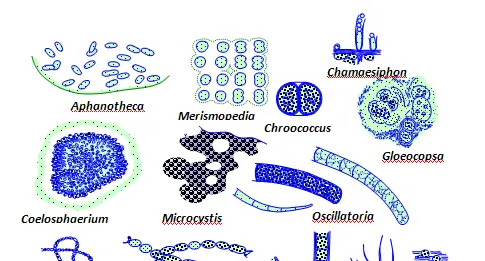
Nitrogen is required for organic synthesis of proteins and nucleic acids however the ability to fix atmospheric nitrogen is limited only to few prokaryotes (such as some cyanobacteria, clostridia, archaea etc). No known eukaryotes can independently fix atmospheric nitrogen. Mutualistic endosymbiotic relationships between nitrogen-fixing prokaryotes and carbon-fixing eukaryotes that need nitrogen to grow are seen in nature. One such instance is the partnership between the cyanobacteria Candidatus Atelocyanobacterium thalassa (UCYN-A) and the unicellular microalgae Braarudosphaera bigelowii in marine systems.
In a recent study, the endosymbiotic relationship between the cyanobacteria Candidatus Atelocyanobacterium thalassa (UCYN-A) and the unicellular microalgae Braarudosphaera bigelowii was investigated using soft x-ray tomography. Visualisation of cell morphology and division of the alga revealed a coordinated cell cycle in which the endosymbiont cyanobacteria divided evenly just the way chloroplasts and mitochondria in a eukaryote divide during cell division. Study of proteins involved in the cellular activities revealed that a sizable fraction of them were encoded by the genome of algae. This included proteins essential for biosynthesis, cell growth, and division. These findings suggest that the endosymbiont cyanobacteria had closely integrated with the host cellular system and transitioned from an endosymbiont to a full-fledged organelle of the host cell. As a consequence, the host algal cell acquired the ability to fix atmospheric nitrogen for synthesis of proteins and nucleic acids required for growth. The new organelle is named nitroplast because of its nitrogen fixing ability.
This makes the unicellular microalgae Braarudosphaera bigelowii the first nitrogen-fixing eukaryote.This development may have implications for agriculture and chemical fertiliser industry in the long run.
References:
- Coale, T. H. et al. 2024. Nitrogen-fixing organelle in a marine alga. Science. 11 Apr 2024. Vol 384, Issue 6692 pp. 217-222. DOI: https://doi.org/10.1126/science.adk1075
- Massana R., 2024. The nitroplast: A nitrogen-fixing organelle. SCIENCE. 11 April 2024. Vol 384, Issue 6692. pp. 160-161. DOI: https://doi.org/10.1126/science.ado8571
News in the same category

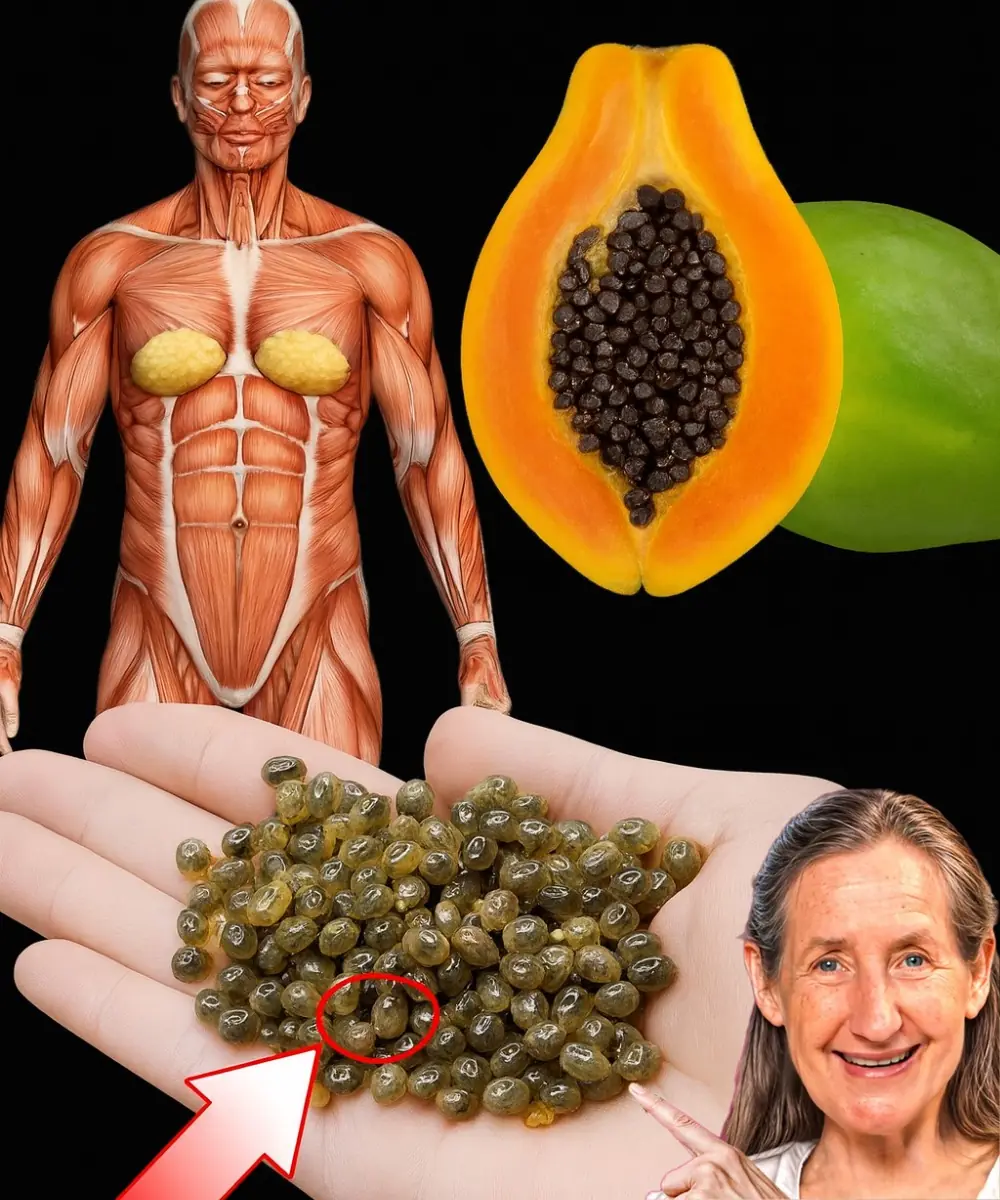
Papaya seeds can save you a lot of money at the pharmacy
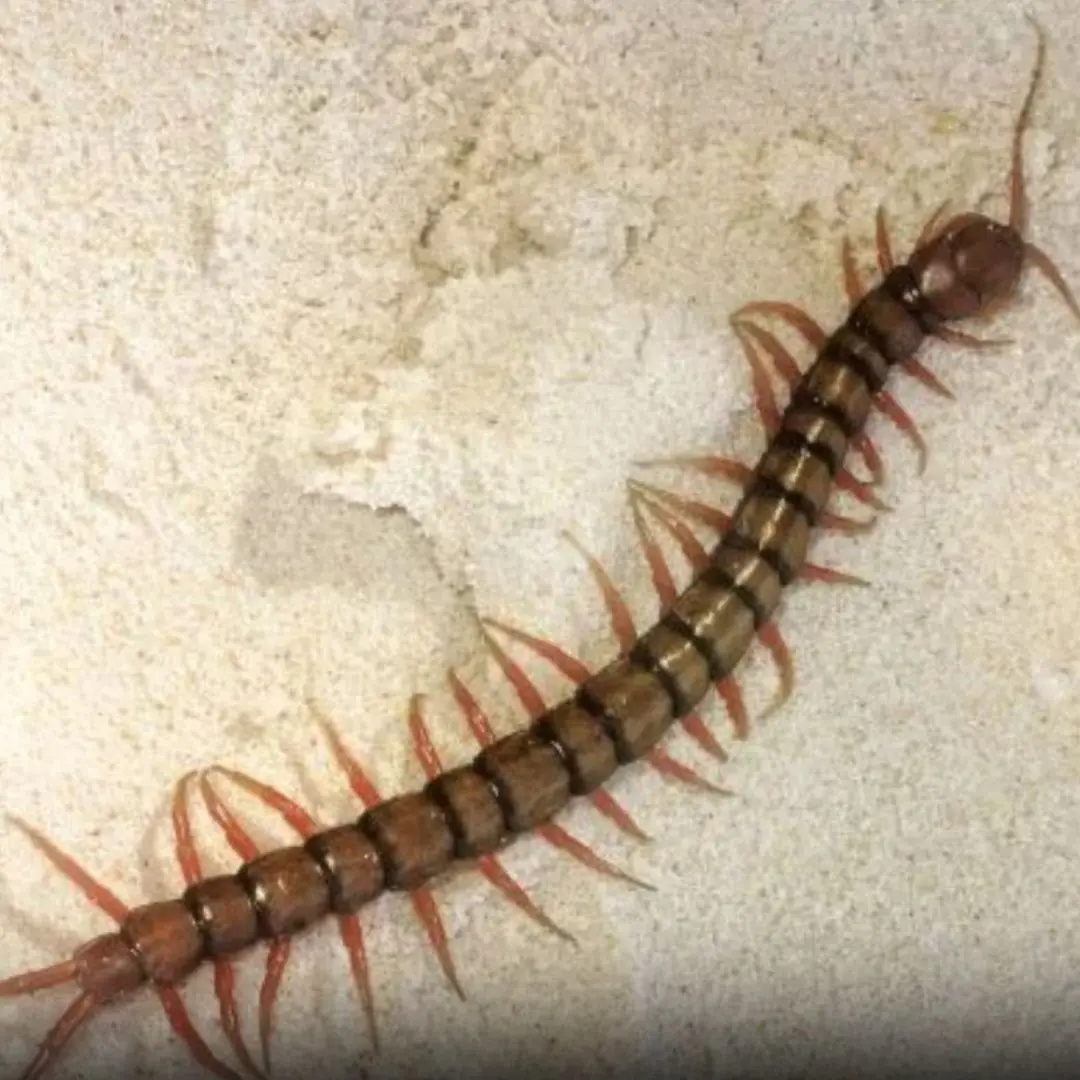
A centipede in your home isn’t random — here’s what it actually means

Experts Say 3 Major U.S. Regions Face Risk of Tsunamis and Flooding

Pain in these 3 spots shouldn’t be ignored — it may signal lung can.cer

Former Flight Attendant Reveals 3 Things You Should Never Order on a Plane

Don’t Let Your Gold “Lose Value”: 4 Things You Must Do to Keep It Worth Its Price

Why hotels receptionists always say no rooms available when a couple arrives late at night, turn out this is the reason revealed by veteran staff

When the “Promised Land” Turned into Hell: The Story Behind the 1861 Tragedy

Depressing find at the bottom of the Mariana Trench is a warning to the world

The real reason why nobody has ever found human remains inside the Titanic wreckage
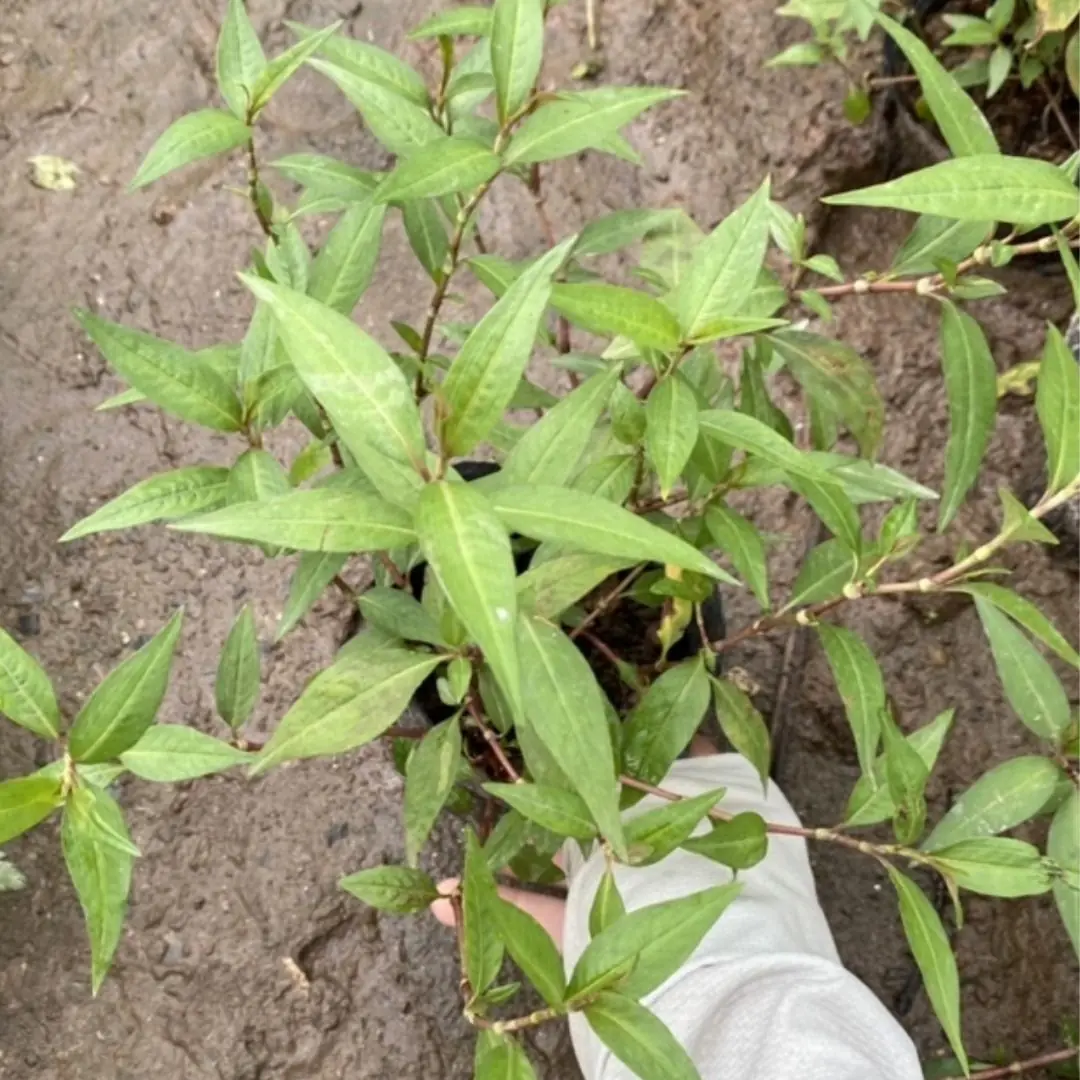
You must definitely grow this vegetable in your house, no matter how small your house is, you will get this magical effect

Finding Gold in a Hotel: Woman Shocked After Learning Its True Value
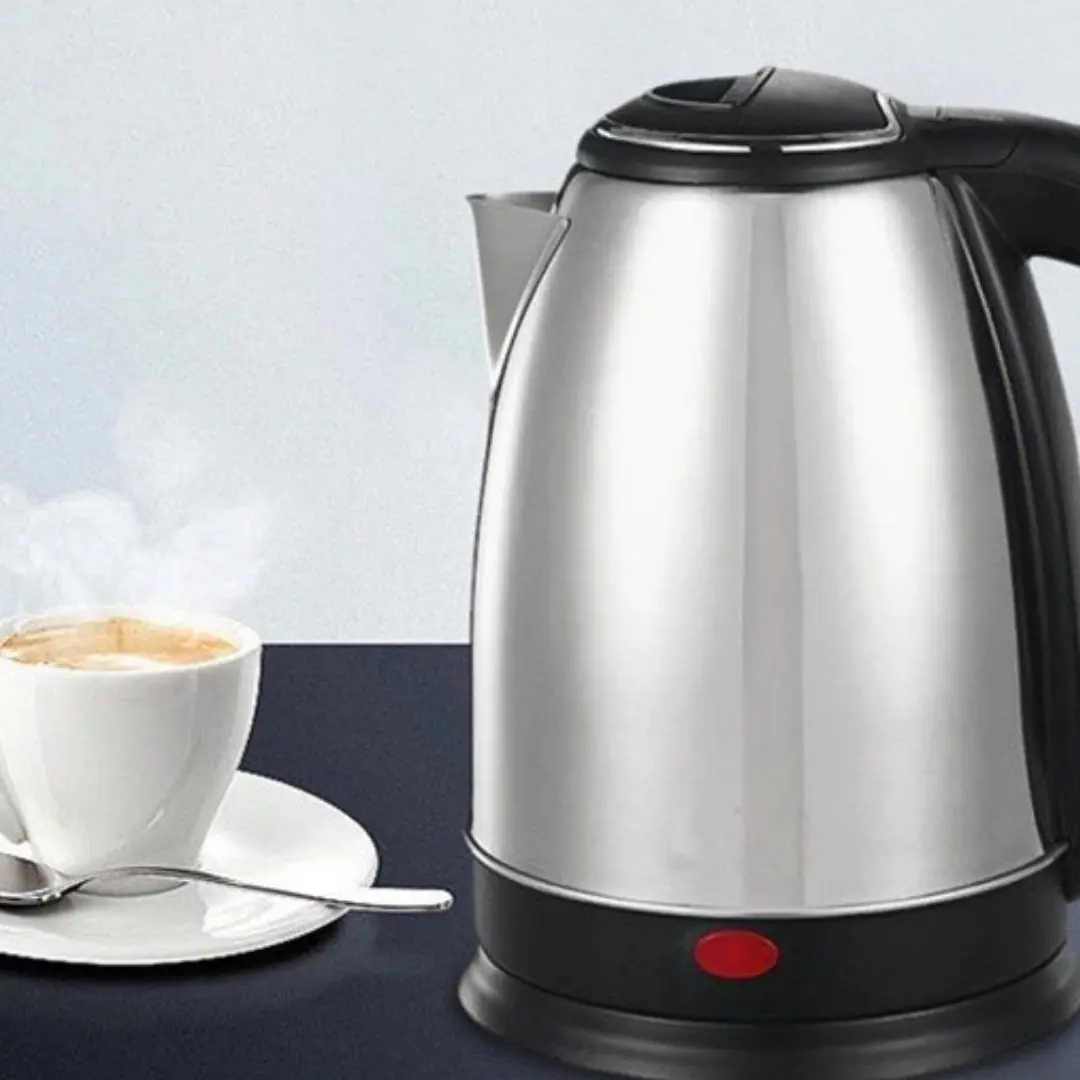
Electric kettles make life easier, but why do people abroad barely use them?

Why do many men love married women more than single women?
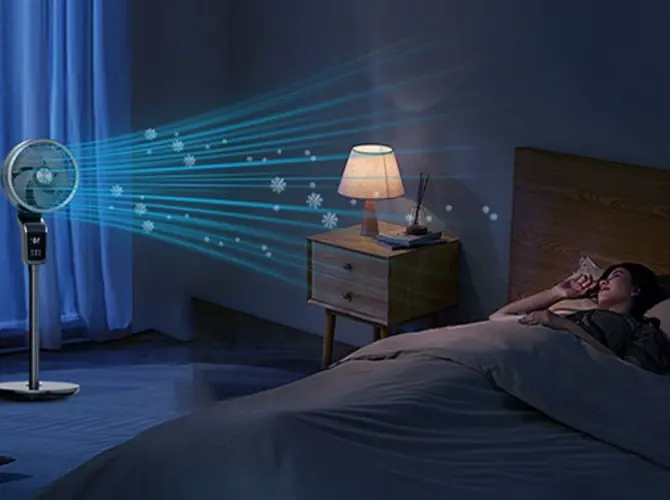
Why you shouldn’t sleep with a fan at night?
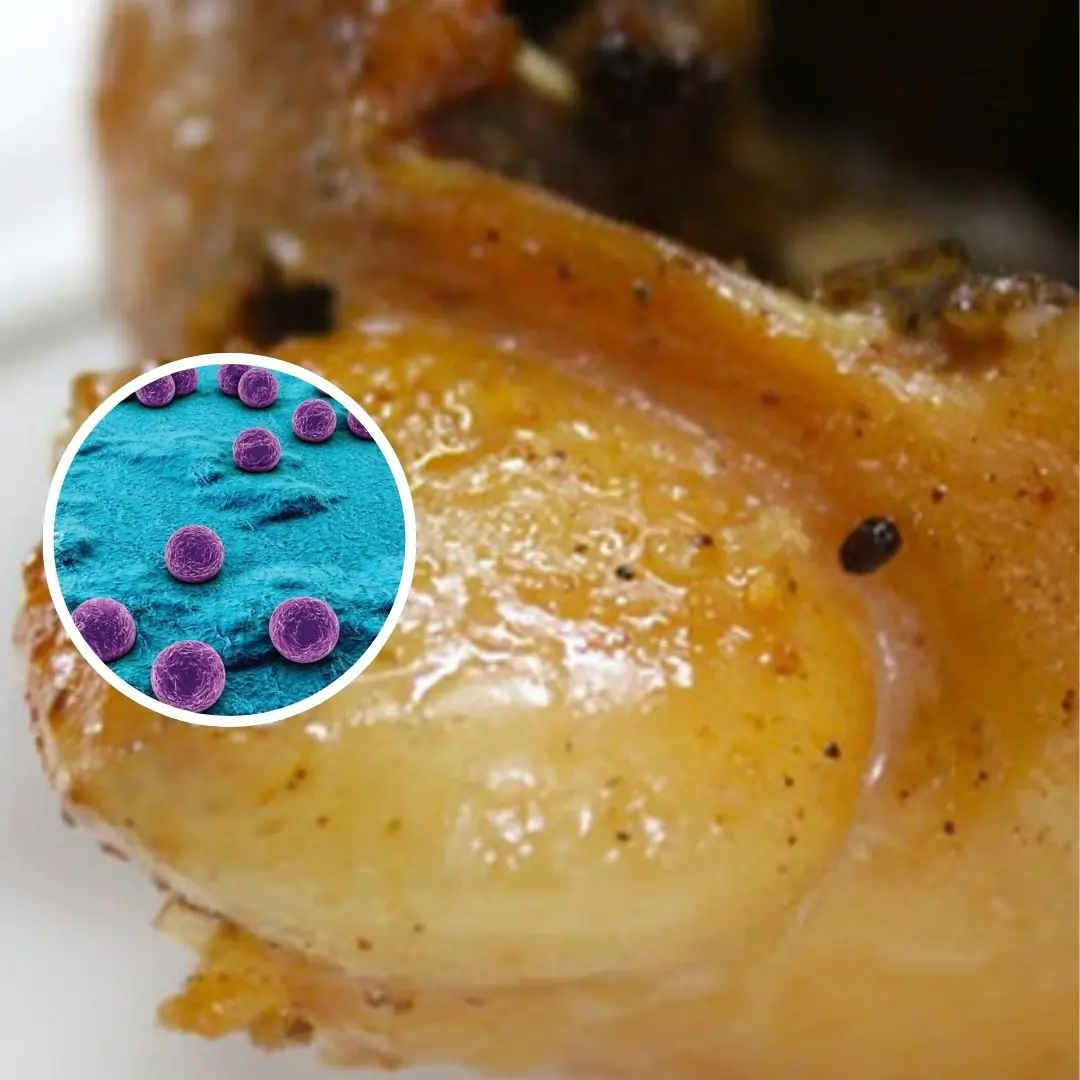
4 parts of the chicken contain many pa.rasites but many people still eat them without worry
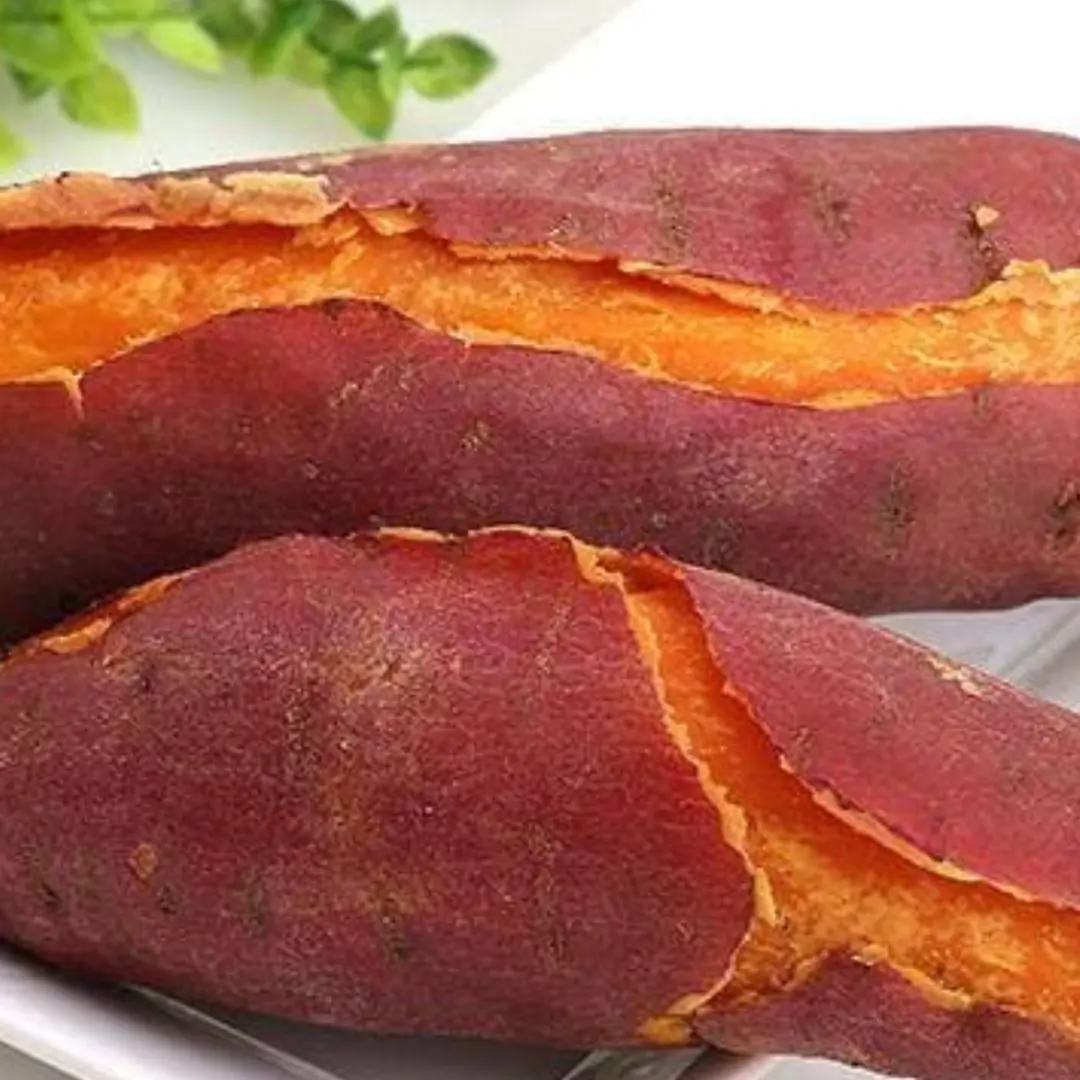
Sweet Potatoes: Who Should Skip Them and Why

If you have these two small dimples on your lower back, they reveal something fascinating

Why are the toilets on the train connected directly to the tracks?
News Post

After 30 years of using a microwave, I finally discovered this “magic button”

The Vegetable That Helps Reduce Sugar in The Body. It is Diabetes’ Strong Opponent

The Power of Gyan Mudra: Benefits and How to Practice It

My Mother Gave My Wedding Fund to My Cousin Because ‘She’s Prettier and More Likely to Find Someone’
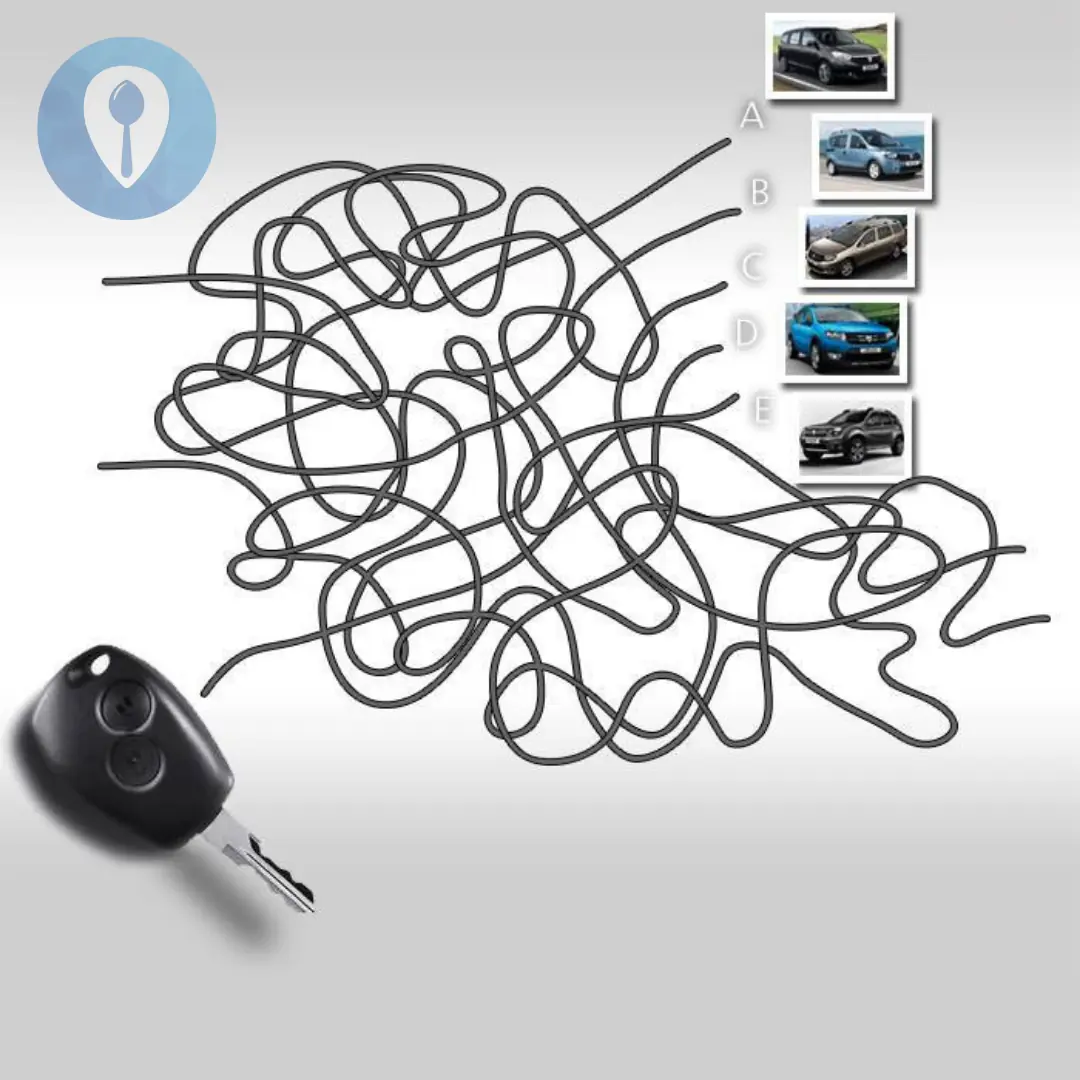
This key only opens one of the five cars — can you guess which one?
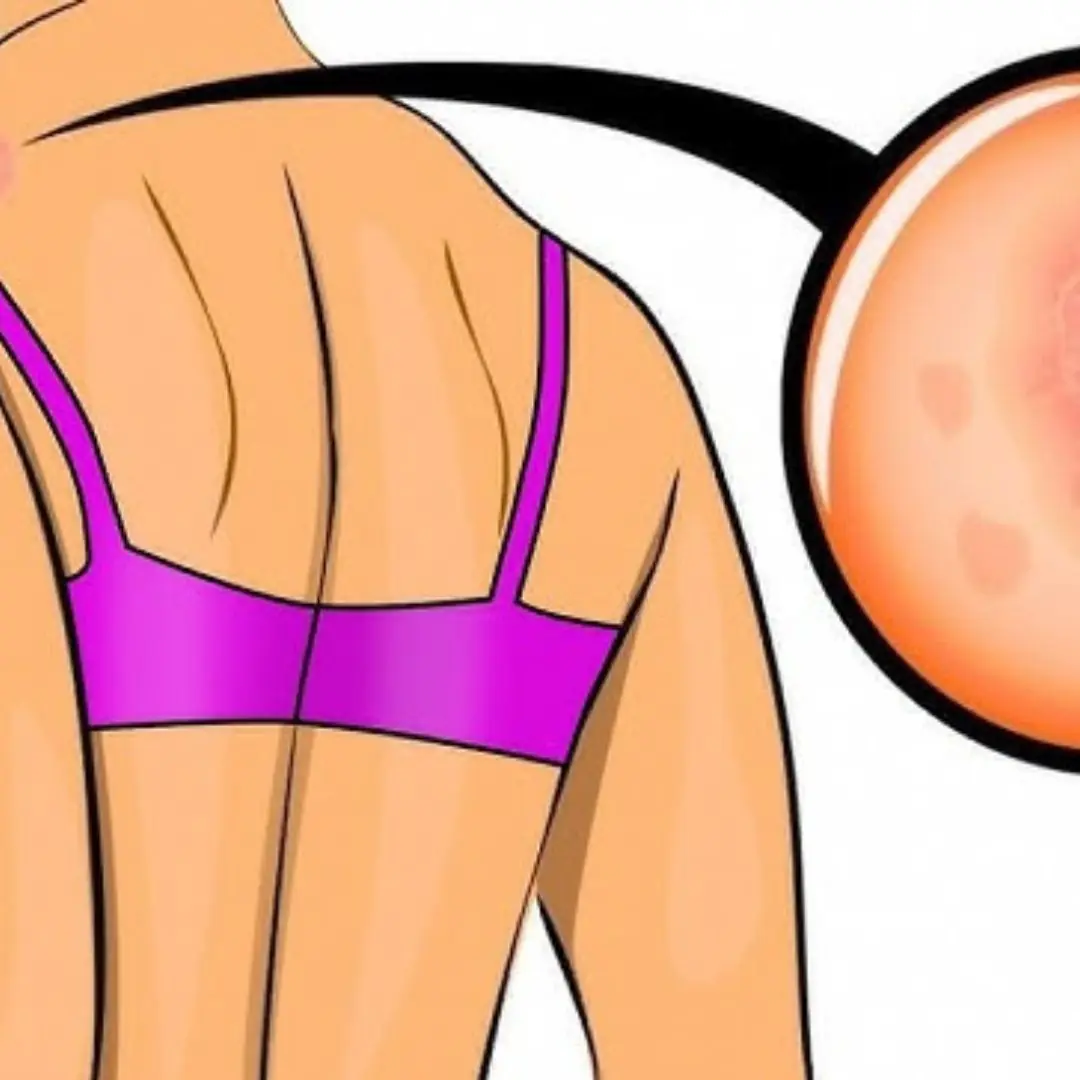
7 Warnings Your Body Gives You When You’re Too Stressed
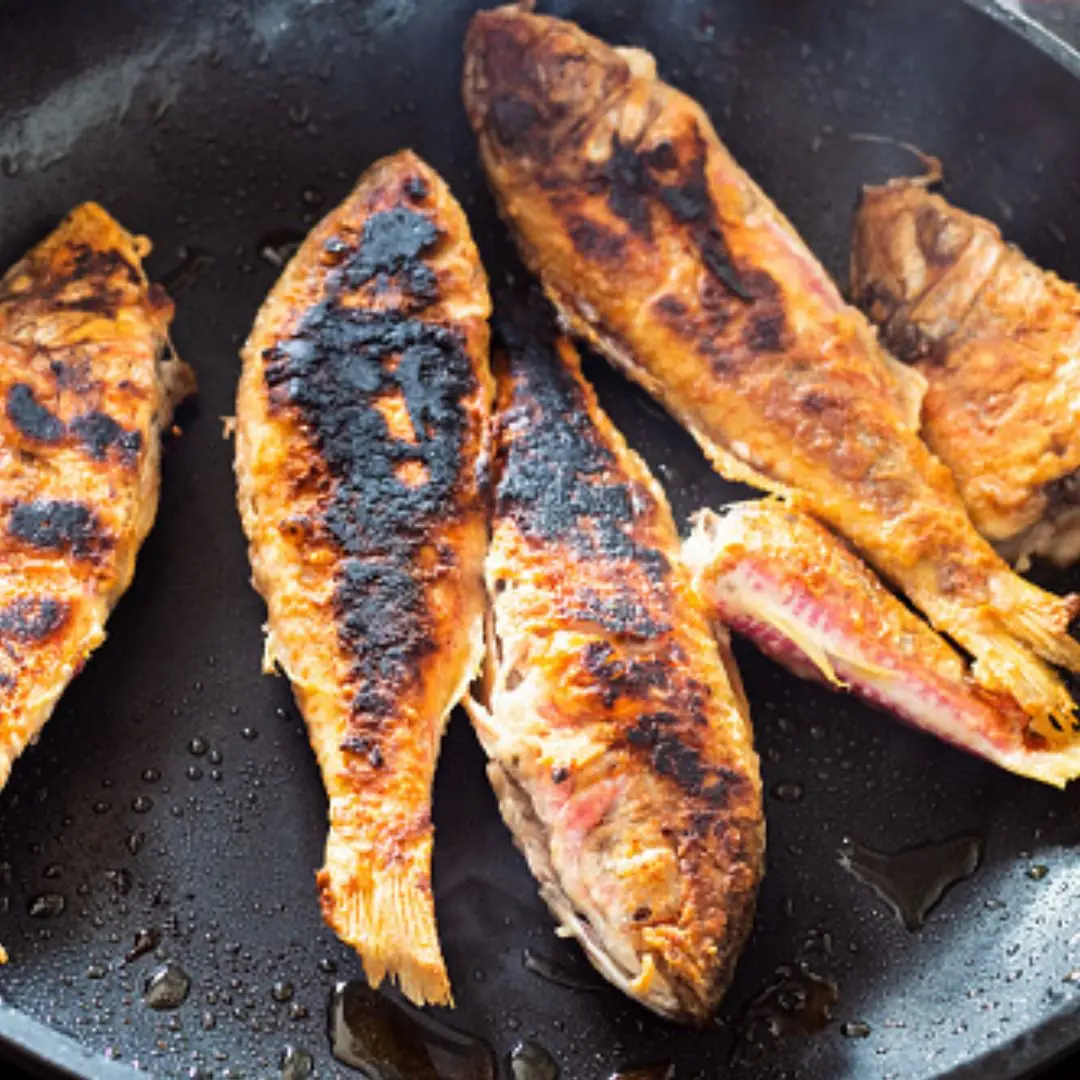
Fish is very good for your health, but absolutely do not eat it like this: It can easily cause cancer, many people still get it.

Foot Pain Relief: Should You Soak Your Feet in Warm Water or Cold Water? The Answer Might Surprise You!

Papaya seeds can save you a lot of money at the pharmacy

Each time the husband came home from a business trip, he’d find his wife carefully scrubbing the bedsheets. Curious one day, he hid a camera in their bedroom – only to uncover a painful truth that left him ashamed and heartbroken

The husband slapped his wife in front of his friends to show off — but her act of revenge left everyone shocked and speechless
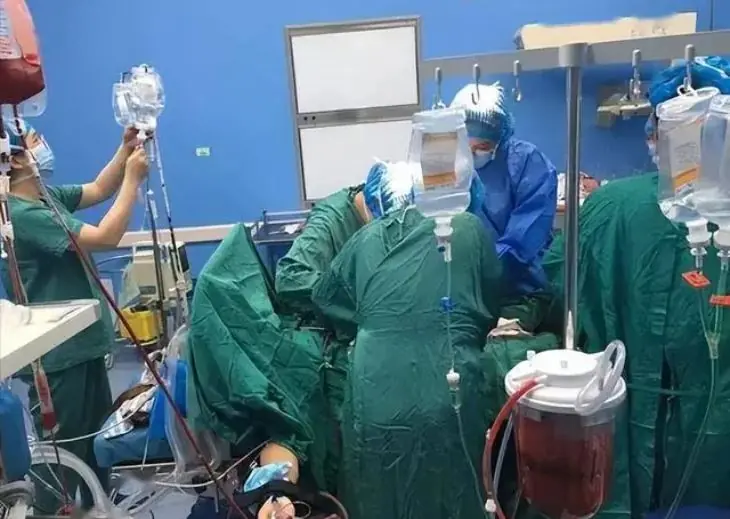
Waking Up at Night to Drink Water, a 59-Year-Old Man Di.ed Five Days Late

A centipede in your home isn’t random — here’s what it actually means

Elderly Homeless Woman Begged Me to Drive Her to Church — Three Days Later, She Knocked on My Door in a Lavish Gucci Coat
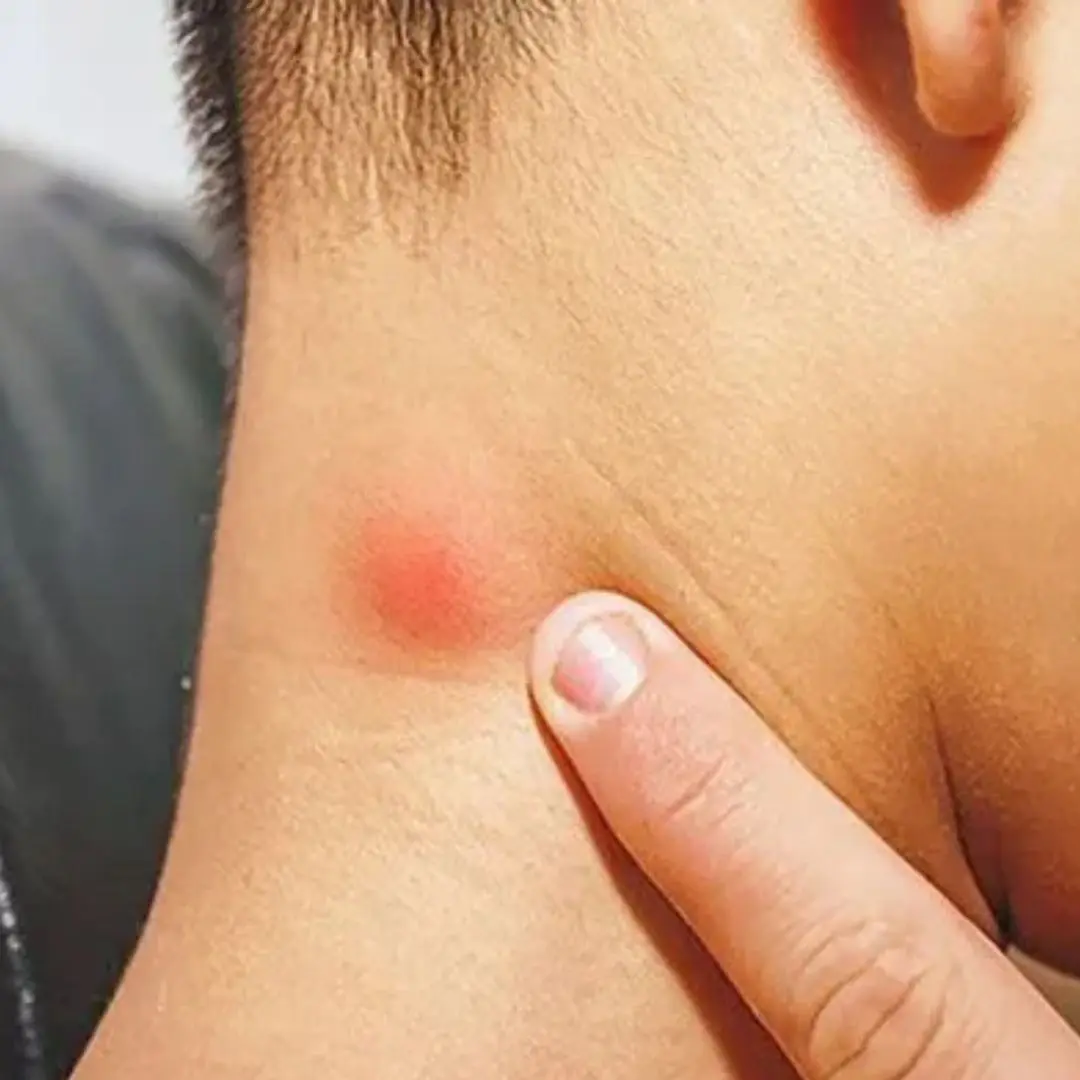
Found a Lump on Your Neck? Here’s What It Could Really Mean

My Harley Riding Father Died Alone Because I Hated Him More Than He Loved His Bike
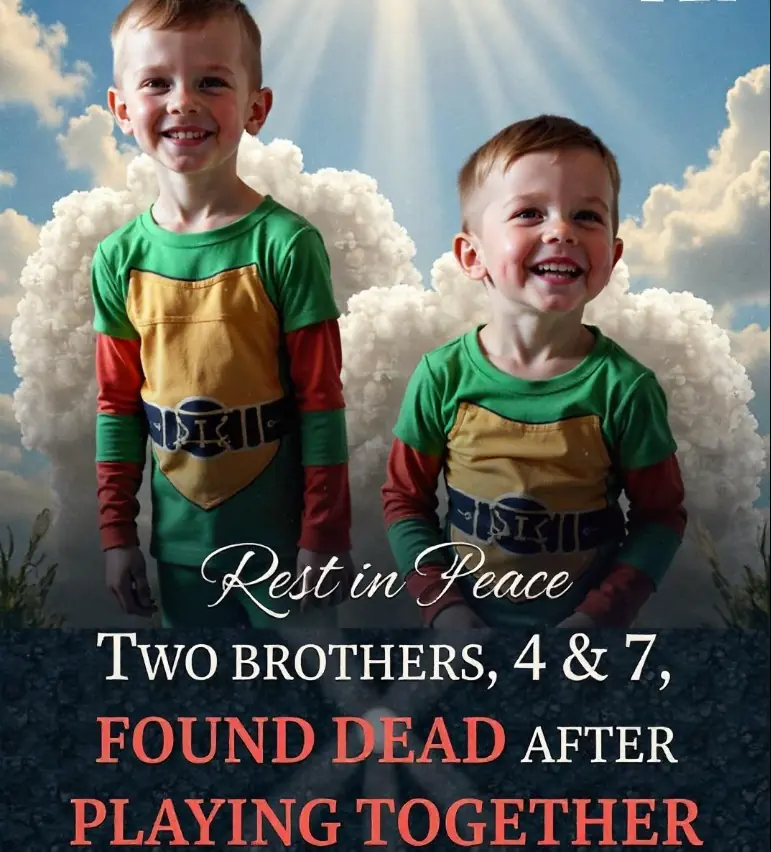
Two Brothers, 4 and 7, Found Dead after Playing Together in Johnson County — Details

My father-in-law had no pension. I cared for him with all my heart for 12 years.
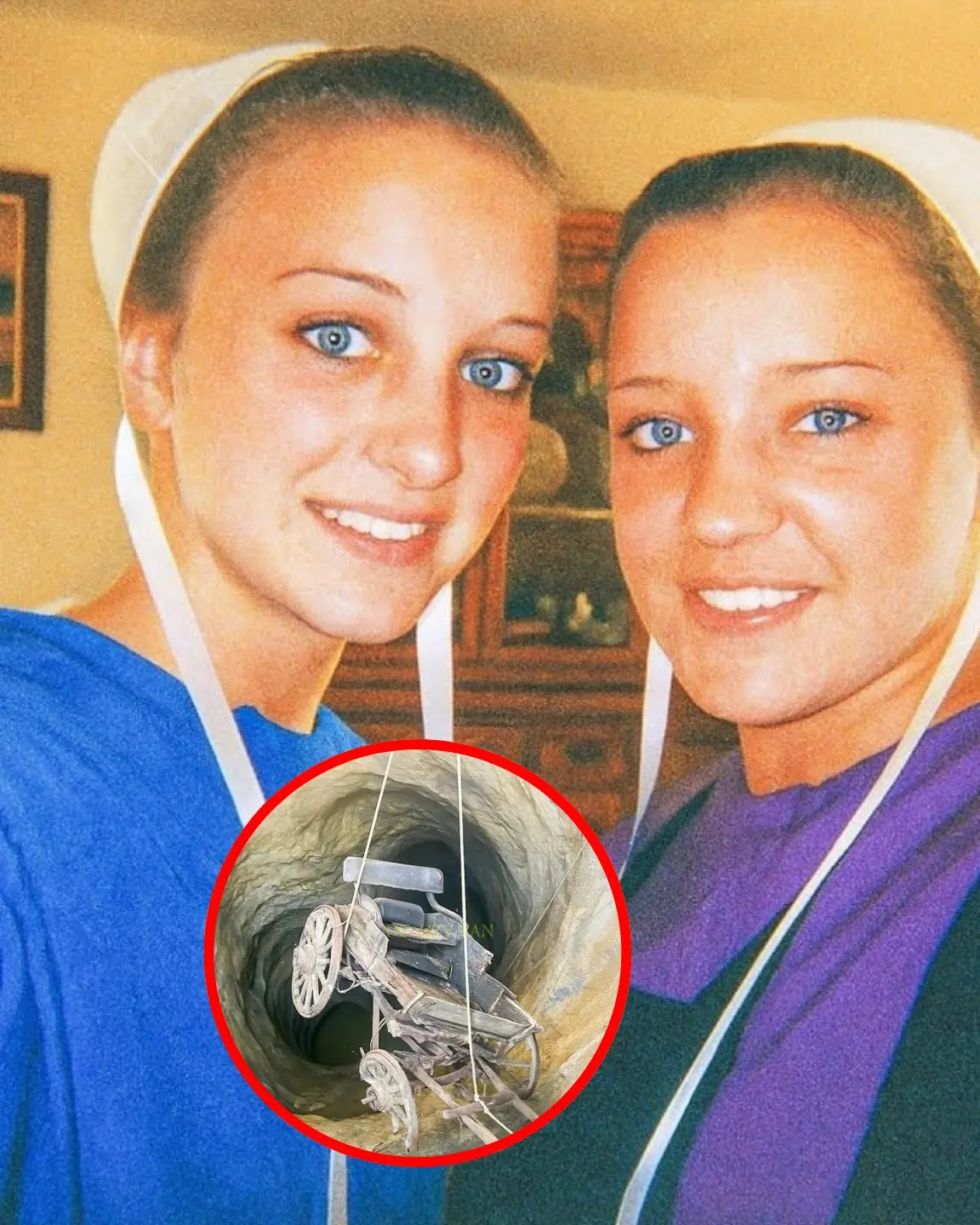
The Lost Sisters of the Valley: The Haunting Mystery of Iva and Elizabeth Vault
